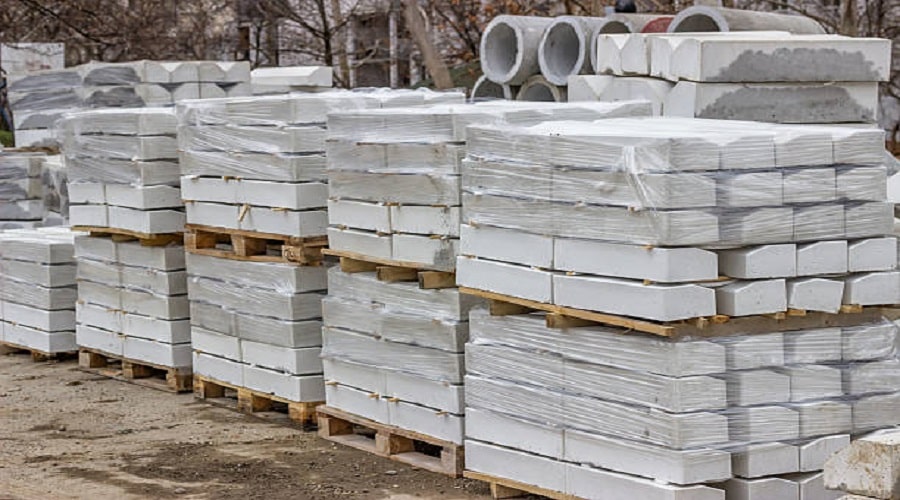Hydraulic cement is widely being used in construction industry as a binder and has an efficient performance for repair of leaks. It is useful for applications exposed to water. The hydraulic cement is designed so that hydraulic cement properties are suitable for modern construction.
Development Of Hydraulic Cement
Cement has been in use since the time construction works commenced, though its form and characteristics have been enhanced with the advancement in technology of all disciplines. Hydraulic cement signifies any cement that may establish and solidify when combined with water. Most of the construction cements being used are hydraulic. Hydraulic cement is one of the important inventions in the line of the Industrial Revolution to perform the changing requirements of the construction business. The hydraulic cement properties are useful for enduring the building finish during the wet climate, and providing hydraulic mortars for the harbor construction. Strong concrete is essentially required in the modern world for the construction of huge tall structures that have to endure massive loads. Mortar mixer is used to provide a homogeneous aggregate mixture.
Types Of Cement
Several kinds of cements can be produced by changing the ingredients and modifying the production processes. However, the cements that are commonly used are limited. The characteristics of cements can be altered by blending different quantities of clinker, gypsum, and some other additives. Cements that are commonly being used in the construction industry are categorized as hydraulic and non-hydraulic. These cements have different physical and chemical properties. There are numerous different types of hydraulic cements, and the most common being Portland cement. Other type of Hydraulic cement is Blended.
Hydraulic Cement Characteristics
Major application of hydraulic cement is for the manufacture of concrete and mortar. It bonds the aggregate to produce a building material that is strong, durable, and can withstand the environmental effects. After hardening is completed, the hydraulic cement will maintain its strength and hardness even below water. The majority of the construction cements being used in construction industry today are hydraulic. Non-hydraulic cement is mainly produced by calcium hydroxide, including materials like lime and gypsum that is kept under dry conditions to attain strength.
Non-Hydraulic Cement
Non-hydraulic cement was the initial cement that was conceived by the scientists. Non-hydraulic cement cannot be hardened when exposed to water, unlike the hydraulic cement that behaves differently. Non-hydraulic cements are produced by using materials like gypsum plasters, non-hydraulic lime, and other additives. Non-hydraulic cement should be kept dry to attain strength, and be able to maintain its structure. Mortars that contain non-hydraulic cement attain strength gradually after being dried. Non-hydraulic cements have become obsolete due to the difficulties involved regarding the long duration required for drying and setting.
Hydraulic Cement Applications
There are numerous uses of Hydraulic cement. After mixing of dry hydraulic cement with water, specific chemical reactions occur. These chemical reactions produce compounds that contain water. These compounds cause the mixture to be hardened. The compounds produced due to chemical reaction are not soluble in water. Thus, the cement that has been hardened will maintain its strength even when submerged in water. This specific characteristic makes the hydraulic cement particularly useful for the brick structures in the wet climate. Hydraulic cement is also useful for the harbors that are exposed to sea water. The most widespread form of hydraulic cement is known as Portland cement. It is used for the concrete production that contains cement, gravel, sand, and water. Another general application of the hydraulic cement is for repairing leaks and cracks. Hydraulic cements contain certain elements that cause cement expansion on drying. Thus, the holes in the concrete or other building materials are filled. Such repair work is often required due to the shrinkage of the Portland cement when dried. Basements located in the wet regions are especially vulnerable to leaks, and hydraulic cement is usefully employed at such places.
Also read:
- Top Interesting Facts About Burj Khalifa
- Top Certifications for Civil Engineers
- Learn How a Structure Failure Occurs
Tag: Types of Hydraulic Cement and Its Uses

